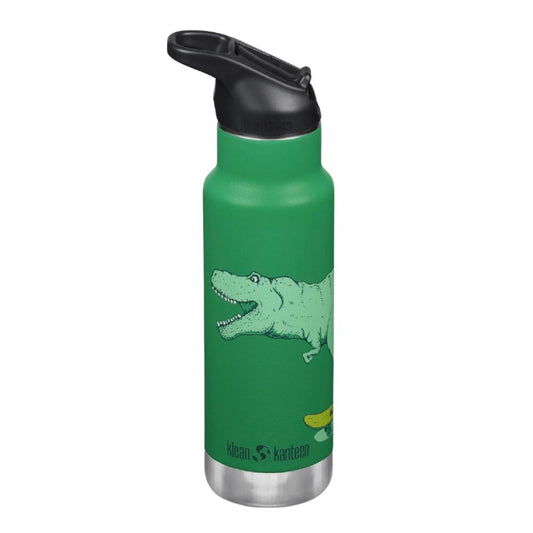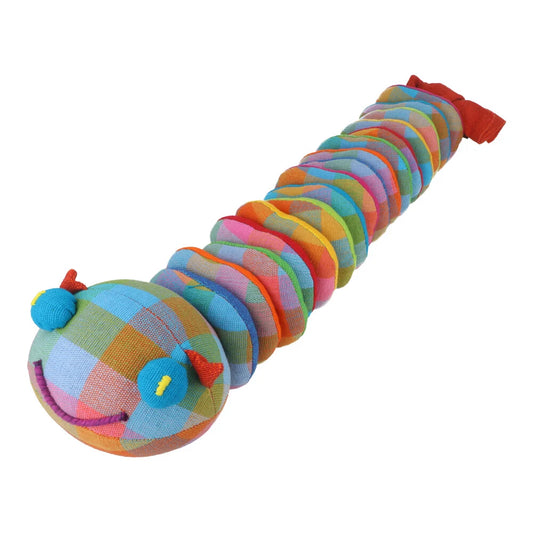
Why was camphor laurel introduced to Australia in the first place?
Camphor laurel (Cinnamomum camphora), a large evergreen tree native to southeast Asia, was originally planted for its ability to provide excellent shade.
Camphor laurel trees. Photo: NSW WeedWise
After widespread land clearing of the exceptionally biodiverse subtropical lowland rainforest in the north and mid north coast of New South Wales in the mid-1800s (the Big Scrub), it was later determined there was a need for shade trees in these areas. Camphor laurel was planted because of its fast growth and great shade cover. While it has great cultural significance in southeast Asia, where it is a source of scent, oil and crystallised blocks for use in religious ceremonies, and is used for medicinal purposes, camphor laurel has a less respectable reputation in Australia.Why is camphor laurel considered to be a weed?
Due to camphor laurel's profuse seed production, rapid growth rate, adaptability, lack of serious predators or diseases, and its tendency to form single species communities that exclude most other desirable native vegetation, it has been declared a significant environmental weed in New South Wales and south eastern Queensland. In south eastern Queensland it is ranked among the top 10 most invasive plants. Camphor laurel seeds germinate more readily after ingestion by birds, and birds and other animals absolutely love to eat the berries the tree produces, so it is able to spread easily.
Camphor laurel leaf structure and berries. Photo: NSW WeedWise
The tree develops a very dense, shallow root system, as well as a very shady canopy, which suppresses the regeneration of native seedlings. It has a competitive advantage over native vegetation because it establishes easily, plus the camphor content of the leaf litter helps prevent other plants from germinating successfully. Camphor laurels prefer habitats where sub tropical forests have been cleared or disturbed. They also compete against eucalyptus trees like blue gums, a preferred food of koalas, in turn impacting already threatened koala populations. It is most troublesome on sloping, rocky lands, including stream banks - the shallow root system can be destabilising and the shady canopy prevents ground cover from growing, and holding the soil in place, leading to erosion and sediment pollution.
Controlling camphor laurel and regenerating subtropical rainforests
Although camphor laurel can provide habitat for some plants and animals, due to its adverse impacts on Australian biodiversity and contribution to land degradation, control programs advocate for the carefully managed, integrated removal of camphor laurel and replacement with native trees. These control programs have been effective in the regeneration of many areas of subtropical rainforest. In areas once dominated by exotic camphor laurel trees, native trees are beginning to thrive once again. (1)Using camphor laurel in wood turning
Salvaging of camphor laurel provides a good source of ethically acceptable timber that is ideal to create products for use in areas where food preparation takes place. It has excellent antibacterial properties, which makes it perfect for cutting boards, like our range here. In fact tests indicate camphor laurel's antibacterial properties are superior to plastic, glass and other timbers. (2) Our camphor laurel cutting boards are made from one slab of timber, unlike many cheap cutting boards, and do not contain any toxic glues or coatings. They can be re-oiled with grapeseed oil every few months or when timber appears dry. Featuring a strong dark grain against a yellow base, with a moderately fine and even texture, camphor laurel is a beautifully unique wood that has a lot of character. Our camphor laurel cutting boards look beautiful on any table and in any kitchen. They make beautiful gift for friends and family overseas, newlyweds and housewarmings. Discover our range of camphor laurel cutting boards here >Further reading (1) https://brunswickvalleylandcare.org.au/wp-content/uploads/2016/06/Camphor-conversion-factsheet-NRCMA-Final.pdf (2) Tests carried out by Alan Waterson B.Sc. (Hons) Dip Ed. Southern Cross University, Lismore NSW. April 2002 https://www.abc.net.au/news/2017-10-04/curious-north-coast-why-were-camphor-laurels-introduced-nsw/9007682 https://weeds.dpi.nsw.gov.au/Weeds/Details/28\




































